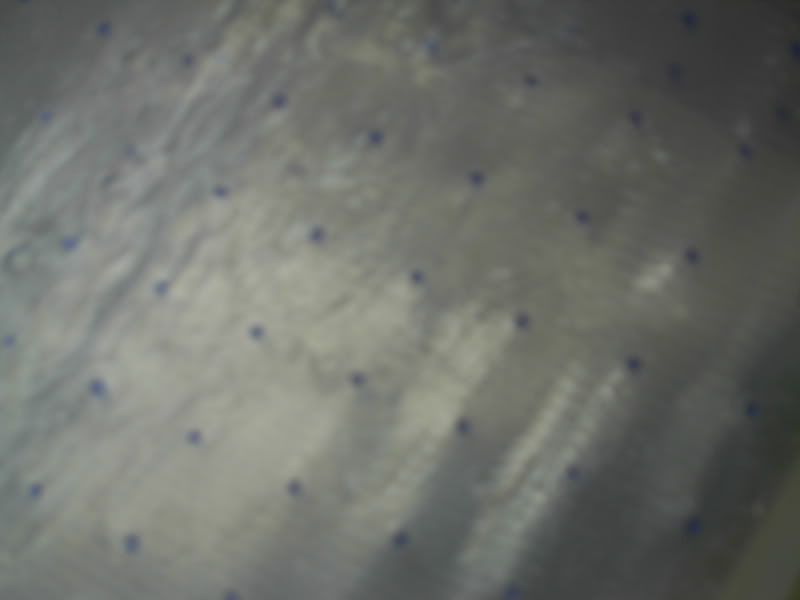Part 3 of 7:
Taken from "The Food of Reefs, Part 3: Phytoplankton" by Eric Borneman
http://www.***
"Phytoplankton are the major source of primary [food] production in the ocean, and one of the most important driving forces of global ecology. In fact, phytoplankton production influences all life, by being at the lowest rings of the food chain.
"The reason [phytoplankton] are so important on a regional or global scale is simply by virtue of the fact that the upper 200 [meters] of oceanic waters is filled with phytoplankton and covers over 70% of the earth's surface.
"What eats phytoplankton? In the water column, zooplankton [food] are without question the primary consumers of phytoplankton. Zooplankton grazers vary according the area and the time of year, but include primarily ciliates, copepods, amphipods, and tintinnids.
"Stony corals are generally not well adapted to the sieve or filter type feeding that characterizes the soft corals (Fabricius et al. 1995, 1998). They are, however, well suited to the capture of zooplankton prey.
"It is of paramount importance to recognize that the biomass of potential grazers [which need food] in an aquarium is many times what it would be in the same volume of water or surface area as the bottom of oceans or on reefs, and also, that the availability of water column borne food is many times greater in the ocean than in an aquarium.
"Perhaps most importantly, is the almost ubiquitous interaction between bacteria and phytoplankton. Phytoplankton release dissolved organic substances, and bacteria utilize them as nutrient sources. Most phytoplankton cells, especially large ones, are coupled nearly continuously with coatings of bacteria [which are consuming the dissolved organic substances].
"The amounts of phytoplankton present in reef aquariums are not known but are probably considerable. However, they are also probably rapidly removed by grazing and export devices [skimmers].











